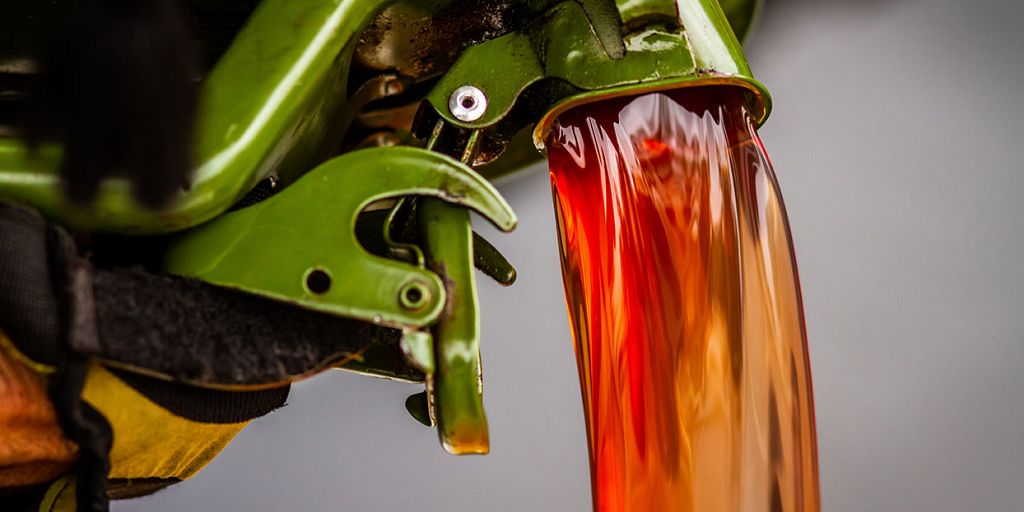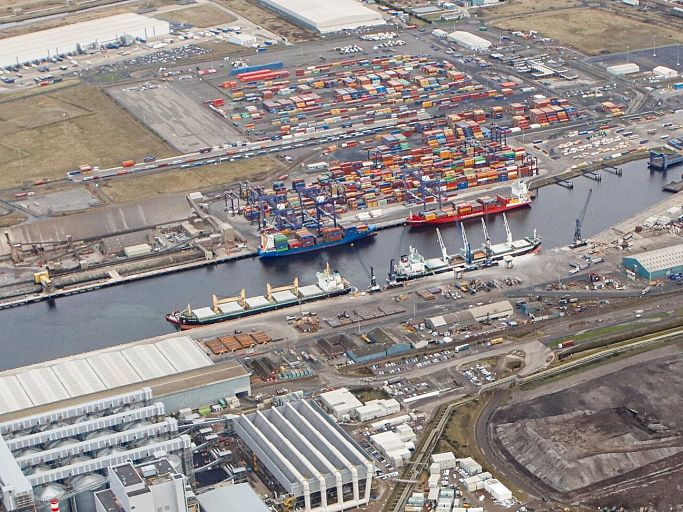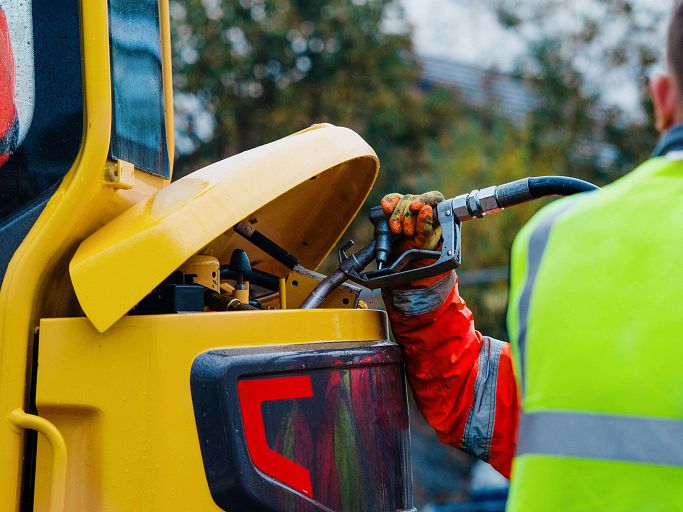- Oil
- Diesel
- Petrol
- AdBlue
- Water
- Sewage
- Hot Water Cylinders
-
Brands
- New Releases
- In Stock
- Sale
- Best Sellers
- Fuel Tank Hire
- More
-
Services
Home / Blog / red diesel / What you Need to Know About Red Diesel – A Refresher
What you Need to Know About Red Diesel – A Refresher
12th September 2022 in red diesel

When is red diesel being phased out? As you will already know, the laws around red diesel were altered quite heavily by the Government earlier this year. According to gov.uk(the Government’s own website) the UK passed laws committing to an end to its contribution to global warming by 2050, which means the target of ‘net zero’ is less than thirty years away. Red diesel in the UK accounted for the production of nearly 14 million tonnes of carbon dioxide a year, much of it from off-road uses such as machinery and vehicle used in construction and agriculture, though have been many other sectors causing emissions too.
From April this particular type of fuel has no longer been available at a rebated rate for many commercial applications causing many to ask who can use red diesel? Well, it certainly must not be put into vehicles outside of the new entitlement classes, and a breakdown of those can be found at the Government’s website. There are also new storage requirements which must be met. A large number of businesses now have to comply with changed regulations and look at alternative arrangements in terms of fuel and storage. Fines and possible appearances in court (and all of the negative things associated with that) will be a consequence of non-compliance – as will the possible seizure of your tanks.
Red diesel storage regulations are influenced by different factors including the age and capacity of the tank, and its location. How do you store red diesel? In this article we’ll guide you and those tanks in the right direction.
- Location: Tank must be away from areas prone to flooding, as well as over 10 metres distance from inland or coastal waters, and 50m clear of springs. This is a rule designed to mitigate against possible pollution.
- Height and Installation: The red diesel fuel tankmust be below ground or at floor level, never above roof level. It must also comply with Building Regulations – and if it is close to the distance limits of the water sources mentioned in the previous section, it must have secondary containment (such as bunding) to protect in the event of oil spillages.
- Amount: Above 200 litres and your tank must also comply with the Control of Pollution (Oil Storage) (England) Regulations.
Environmental problems can be caused by faulty or incorrect red diesel storage. Water issues are serious and so users should always comply not just the comply with the law but on the grounds of ethics and responsibility too.
An environmental expert should be able to provide bespoke advice for your storage situation - but as an immediate general guide, users who have to switch from red diesel to ‘normal’ (aka white diesel) will, at the very least, have to completely flush out their red diesel tanks until no trace of the red remains. Not doing so could risk contamination of the white, which could lead to legal problems. Depending on factors such as the size of the tank, the white diesel could take more than a year to completely flush through your system to the point where traces of red diesel are likely to not be present. In truth, it’s perhaps advisable to be totally sure and replace tankspreviously used to store red diesel.
All tanks need to comply unless they meet the following criteria:
- England: Full volume 1,500 litres or connected before 1991.
- Wales: As per England.
- Scotland: All tanks must comply, regardless of size or age.
- NI: Full volume 1,250 litres or connected before 2003.
For those who have needed to switch from red to white diesel, how can Tanks R Us help secure compliance with the updated regulations? Put in the simplest terms, we can supply the appropriate tank to achieve legality and therefore peace of mind. We also offer tank installation as well as a tank removal service so we can take away old tanks (and remove the hassle of doing so) from you.
For a more involved analysis of the types of tank we have available – including single skinned, double skinned and bunded, and metal or plastic, you can read this edition of our blog.
One of the largest selections of tanks in the UK
Chat online or call us today on 01469 531229
Related Products
More Articles

What you Need to Know About Red Diesel – A Refresher
12th September 2022 in red diesel

Tank Hire: An Introduction and Case Study
3rd October 2023 in oil

Summer vs. Winter Grade Diesel: What's the Difference?
8th March 2024 in red diesel
Help
About Us
My Account
Newsletter Sign Up
Inspiration direct to your inbox, please enter your email below...
Help About Us My Account
© Tanks R Us. All rights reserved. Registered in England. Registration number. 05804332. VAT number 364402764
Designed and produced by Kal Group